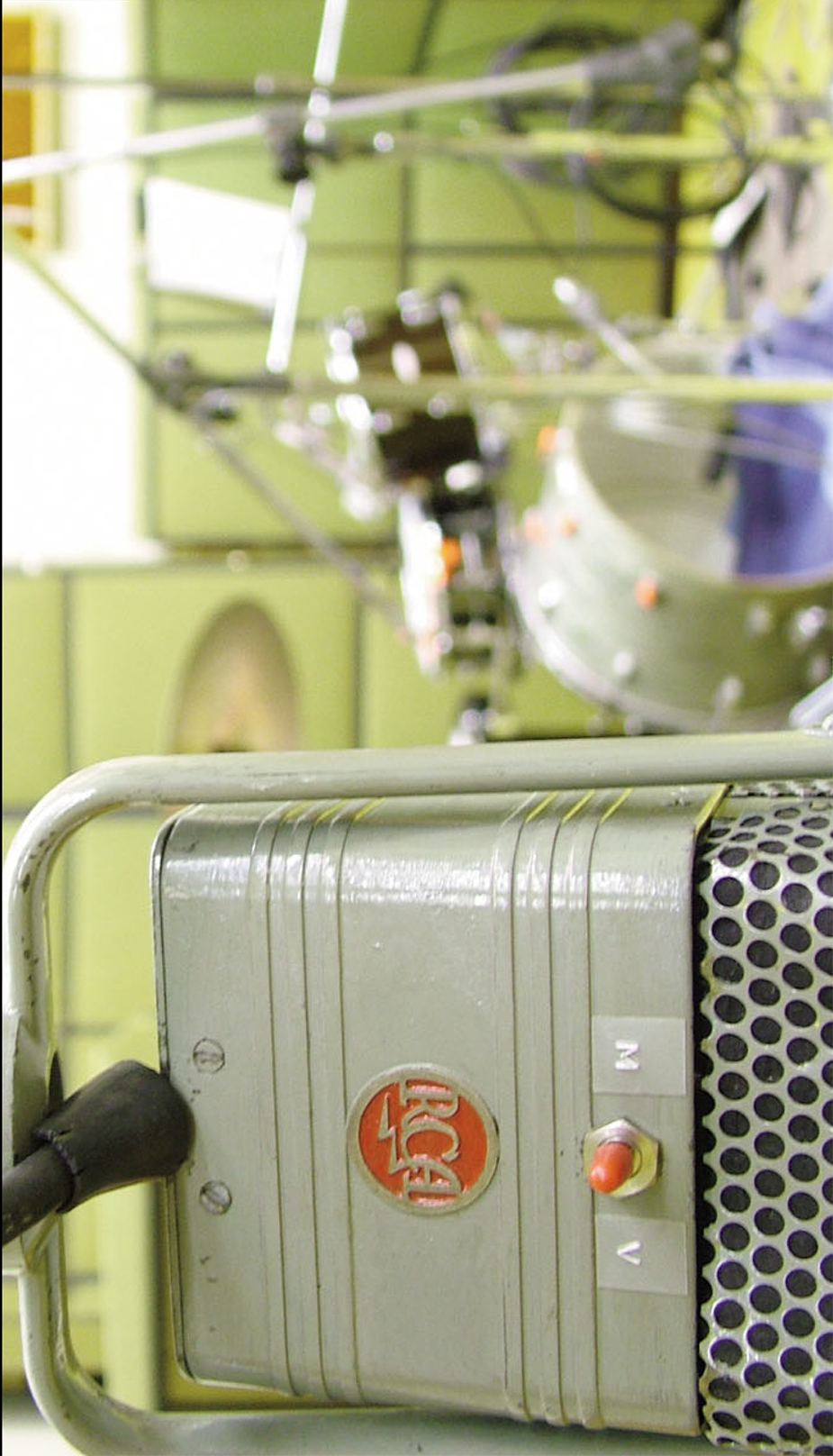My laptop is a mid-2014 Toshiba Portégé Z30t touchscreen "ultrabook" with an Intel Core i7 processor and a 512 GB SSD. It's plenty powerful enough to run Pro Tools and Cubase; but these days, unless I'm certain that I'll be working on a multitrack project, I travel instead with my 2015 Microsoft Surface 3 LTE tablet. The Surface 3 is a 2-in-1 tablet, so I can keep it inside my backpack when I go through airport security, and I can continue to use it even during taxiing, takeoff, and landing.
When I'm on the ground, it's "always" online with its LTE radio (whenever it can pick up a decent cellular signal). Its CPU is a quad-core Intel Atom x7, a fanless, low-power processor that can handle Windows 10, Office 365, and even Photoshop. I never bothered to install Cubase or Pro Tools on my Surface 3, figuring the multitrack mixing experience would be too sluggish (if these DAWs even run on an Atom). But I do find myself having to edit mono or stereo recordings on my Surface 3 often enough, and for that, I rely on Ocenaudio M www.ocenaudio.com.
This free-to- download, cross-platform application is easy on the CPU, easy on the eyes, and easy on the wallet. Its UI is laid out in a familiar waveform/timeline view, with a primary pane that's zoomable and an overview pane above it. An additional pane on the right displays a high-resolution peak meter. You can select, audition, cut, splice, and rearrange portions of the audio file using familiar controls; and even multiselect operations are supported. Key commands abound, and you can remap them if desired. A bunch of built-in effects are included — graphic EQs, dynamics processing, delay-based effects, etc. — some of which are quite usable, while others sound downright terrible. But no worries, because Ocenaudio supports VST plug-ins. For example, Wave Arts' venerable but still excellent Power and Master Restoration Suites [Tape Op #56, #60, #63] run great in Ocenaudio on my Surface 3. One downside is that plug-ins and effects can only be tweaked and previewed within a modal dialog window, using a condensed set of playback controls. Other useful features of Ocenaudio include FFT analysis, spectral display, file metadata editing, annotatable markers, region-based editing, and even file-type and sample-rate conversion. Given that Ocenaudio is donationware and it runs lag-free on netbook-class Windows and Linux machines (as well as on Macs), I think my one gripe is inconsequential. Overall, Ocenaudio is well implemented and easy to use, and I highly recommend it.
For music consumption and organization on Windows, I use MediaMonkey www.mediamonkey.com. MediaMonkey plays back all "standard" audio formats, plus a few esoteric ones too. The latest version even supports ALAC (Apple Lossless) natively (no more buggy plug-ins). Importantly, MediaMonkey is a very powerful librarian that offers many tools for managing my audio files and music library. It can even batch-process files — transcoding, metatagging, and renaming all the files in a given folder, for example. The combination of MediaMonkey and GoodSync [Tape Op #115 Gear Geeking] keeps my media library safely stored on my Synology NAS servers and transcoded/copied to my various devices (including a 200 GB microSDXC card in my Surface 3).
Unfortunately, MediaMonkey's UI makes me think that a group of middle-schoolers wrote this program for Windows 95, while drunk on their first six-packs. Third-party themes are available for download, but most of these look like the work of Redditers with too much time on their hands, abusing Microsoft Paint. Allegations aside, I find MediaMonkey to be far more usable and much more powerful than bloatware iTunes. Most importantly, MediaMonkey has yet to eff up my music library like iTunes has in the past. Which reminds me — if you still sync your mobile device to your iTunes desktop library, MediaMonkey can do that too. –AH

